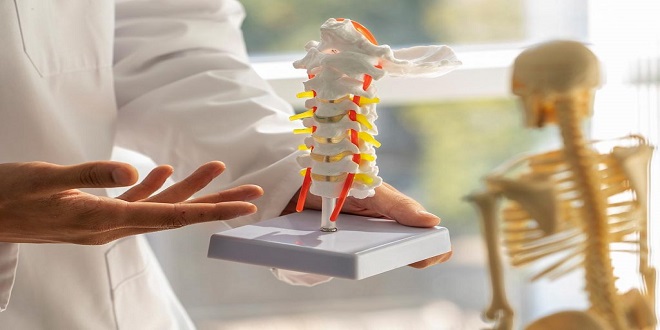If you have unusual and continuous discomfort in your neck and back, you must check with your doctor without delay, especially when the symptoms haven’t improved in a short time. One of the possible causes could be spinal stenosis, which refers to a narrowed spinal canal. If you have the condition, there could be added pressure on the spinal cord and associated nerves, which can eventually affect your lower back and neck. The pain can be crippling for many, especially without medical care, and while some patients may have mild symptoms, it is still necessary to see a doctor. When struggling with spinal stenosis jasper, check with a pain management clinic without delay. Here’s what you need to know.
Symptoms at a glance
As we mentioned, some patients don’t experience extreme symptoms. Common signs of spinal stenosis include discomfort in your neck and back, lower back pain, tingling, muscle weakness, leg pain, aching pain in the upper back, leg cramps, and walking issues. Because the symptoms of spinal stenosis often overlap with other conditions, it becomes even more necessary to see a doctor or a pain management expert.
Risk factors for spinal stenosis
There are several risk factors for spinal stenosis, including genetic abnormalities. The condition could be related to repeated movements, bone spurs, arthritis, thickened ligaments, tumors, herniated discs, spinal injuries, age, and scoliosis. Age is often considered a risk factor, as people over 50 are more likely to suffer from spinal stenosis.
Diagnosis for spinal stenosis
A pain doctor will consider your symptoms and medical history and ask questions to check the possible causes. You will have to go for a complete physical exam, and if required, the physician may order nerve tests and diagnostic tests like X-rays to find more. Your lifestyle habits and available treatment options also matter in determining the treatment plan.
Treatments for spinal stenosis
Doctors may rely on one or more treatment approaches for spinal stenosis. Besides medications, they may recommend physical therapy, steroid injection, needle procedures, and spinal cord stimulator. The last resort is surgery, which could help widen the spinal canal and reduce the pressure on the nerves. The Vertiflex™ Procedure is also one of the popular options, which involves using a special device inside the spine to increase the space in the spinal canal. Your doctor will share instructions for recovery from more invasive procedures.
You don’t have to suffer the symptoms of spinal stenosis – call a pain doctor now!
 Magazine Today
Magazine Today
